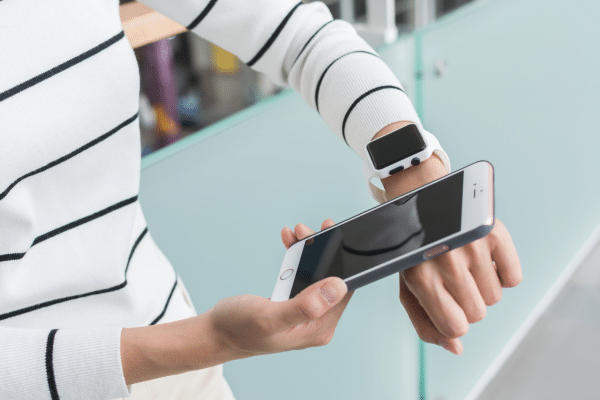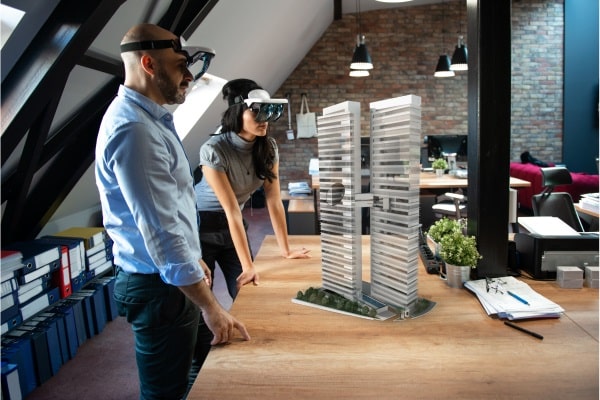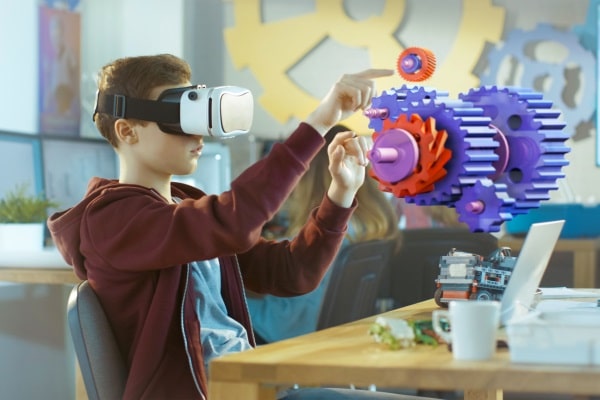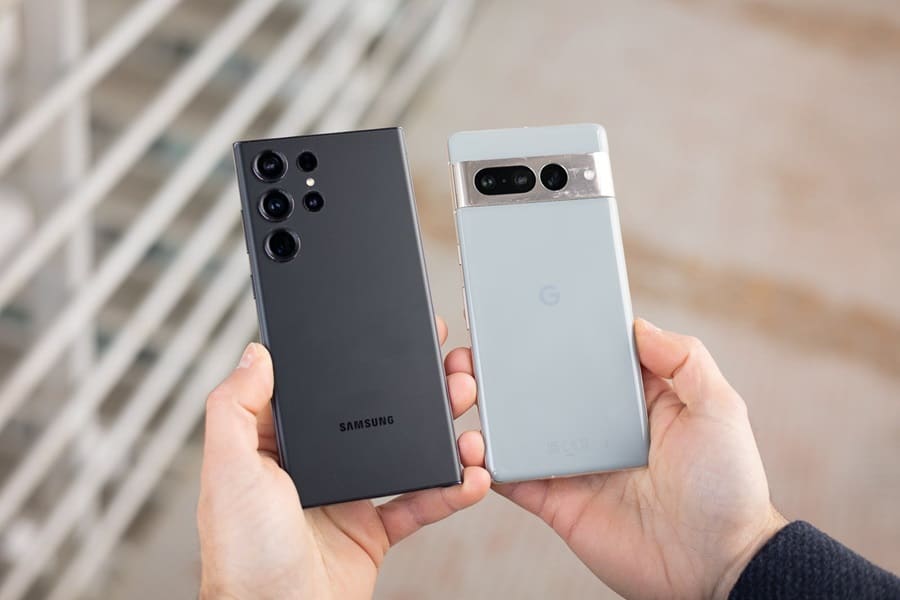The digital landscape is shifting closer to home—literally onto our bodies. As wearable technology evolves, the line between human and machine blurs with rapid advancements in miniaturization, artificial intelligence, and bio-integration. This exploration delves into the future of wearable tech, underscoring the transformational impacts on health, personalization, and everyday convenience.
Contents
The Rise of Wearable Tech

The trajectory of wearable technology has swiftly ascent from novelty to necessity. What began as simple step counters and heart rate monitors has evolved into an ecosystem of sophisticated gadgets designed to enhance daily living. Consumers can expect wearable devices to further integrate into diverse aspects of life, from personal fitness to professional productivity. Smartwatches, for instance, are now managing schedules, handling notifications, and processing payments, becoming a wrist-worn command center.
The diversity in wearable technology has expanded to include devices tailored to various lifestyles and needs. Fashion-forward smart jewelry and discreet health monitors blend style with functionality, appealing to users who prioritize aesthetics alongside technology. These advancements enhance user experience and push the boundaries of what wearables can accomplish, making them indispensable tools for modern life.
Healthcare Integration into Wearables

Wearable technology is at the forefront of revolutionizing healthcare. Devices equipped with advanced biosensors offer continuous monitoring of vital signs, detect anomalies in real-time, and provide actionable insights into one’s health. The market sees an increase in wearables that track physical activity and monitor glucose levels, blood pressure, and neurological activity, transforming them from fitness accessories into essential health devices.
Moreover, the integration of wearables in healthcare is increasingly becoming a cornerstone for preventive medicine. Devices like smart glasses equipped with biosensors can alert users to changes in their condition before they notice symptoms, potentially heading off illnesses. This proactive approach to health management underscores the potential of wearables to transform the healthcare landscape, making advanced medical monitoring accessible outside of clinical settings.
Focus on Mental Wellness

The scope of wearable technology extends beyond physical health, touching on the critical area of mental wellness. Innovations such as smart rings and bracelets now measure stress levels, offering users data-driven insights into their emotional well-being. These devices use sensors to monitor physiological indicators of stress and anxiety, enabling users to take timely actions to manage their mental health, such as engaging in guided meditation or controlled breathing exercises.
This focus also sees the rise of wearable devices designed to support mental health recovery and management. For example, meditation headbands analyze brainwaves to guide users through mindfulness exercises, effectively helping them achieve mental clarity and reduce symptoms of stress. The push towards mental wellness wearables signifies a broader recognition of mental health as equally crucial to physical health, driving innovation in this vital area.
Personalization through Artificial Intelligence

As wearable technology proliferates, so does the need for personalization, a trend increasingly driven by artificial intelligence. AI algorithms analyze data collected by wearables to offer customized advice, predict user needs, and even anticipate potential health issues. This bespoke approach not only enhances the user experience but also improves the effectiveness of the wearable tech, making each device more attuned to its specific lifestyles and needs.
Personalized wearable devices redefine how individuals interact with technology. Smartwatches could suggest an optimal time for a workout based on sleep patterns and recovery status or recommend a calming playlist when signs of stress are detected. This high customization level transforms wearables from passive gadgets to active participants in managing day-to-day well-being.
Augmented Reality and Enhanced Real-Life Experiences

Augmented reality (AR) in wearables enhances how we interact with the world around us. AR glasses overlay digital information onto the physical world, providing users with seamless and intuitive access to information—from real-time translations to navigation overlays that guide the way without the need to look at a smartphone. The technology is expected to mature, offering more sophisticated and user-friendly experiences that could revolutionize personal computing.
The potential applications of AR wearables are vast and varied. For example, smart earbuds could enhance the natural environment during a jog with immersive audio experiences, or AR glasses could display a virtual running coach. These enhancements make the experience more engaging and tailor activities to personal fitness goals, integrating digital benefits into real-world actions.
Ethical Concerns and Data Privacy

As wearable technology becomes more embedded in everyday life, it raises significant ethical concerns, particularly around data privacy and security. The personal data collected by wearables—ranging from health metrics to location information—poses a risk if not properly managed and protected. The industry faces increasing pressure to implement stringent data protection measures and transparent privacy policies to safeguard user information. This includes ensuring data is encrypted, stored securely, and only shared with user consent.
Furthermore, the ethical implications of wearable tech extend beyond privacy. Concerns about how the data could be used to profile or discriminate against individuals. Developers and regulators are tasked with addressing these issues, ensuring wearables enhance lives without compromising personal integrity or autonomy.
Emerging Trends and What to Watch

As the wearable tech industry evolves, several emerging trends are set to capture the market’s imagination. Haptic feedback technology, which provides physical sensations to the user, is becoming more sophisticated. This can enhance the realism of virtual environments or provide subtle notifications without sound or sight, offering a more intuitive interaction with technology. Similarly, neurotechnology is advancing, with devices that can read brain signals becoming more accessible, potentially allowing users to control devices just by thinking.
Another critical trend is the shift towards sustainable wearables. As consumers become more environmentally conscious, demand increases for devices made from eco-friendly materials and designed to have minimal environmental impact. Additionally, the rise of open-source platforms in wearable tech promises to democratize development, enabling more creators to participate in innovation and potentially accelerating the pace of advancements in the field.
Final Thoughts
As we embrace the unfolding future of wearable technology, we stand at a crossroads between innovation and responsibility. This period promises to be transformative for the dynamic industry, offering opportunities to enhance our daily lives and challenges that compel us to think critically about integrating technology and society. Embracing this future requires a commitment to ethical practices, thoughtful design, and a focus on the human experience. By navigating these complexities thoughtfully, we can ensure that wearable technology enriches our lives while respecting our values and privacy.


